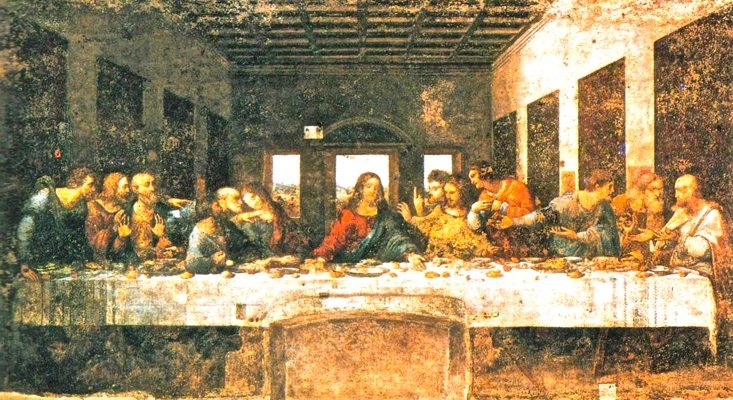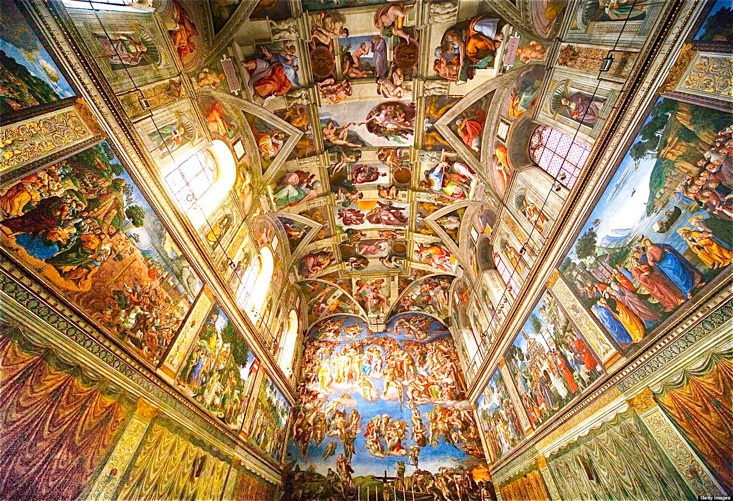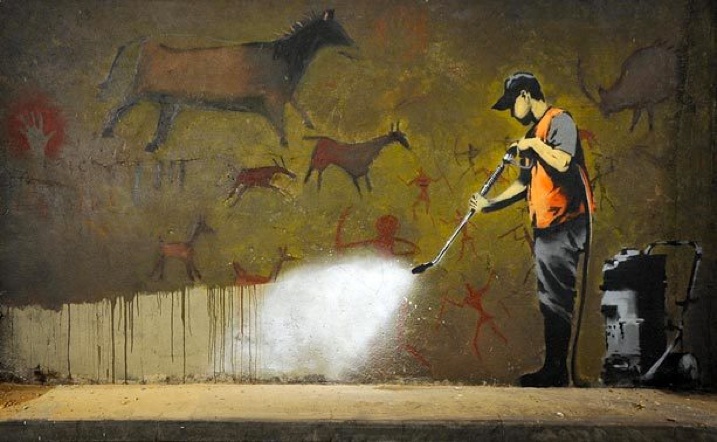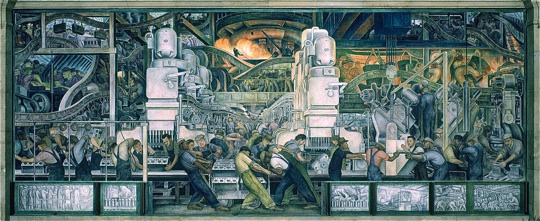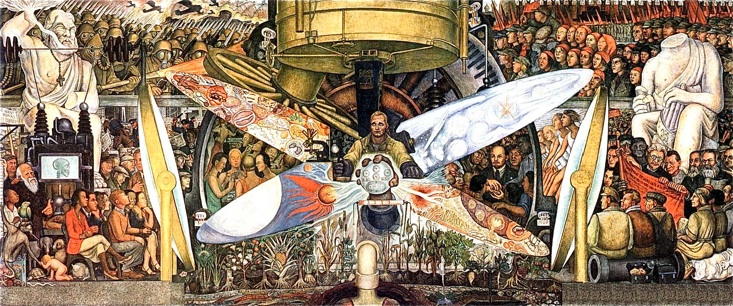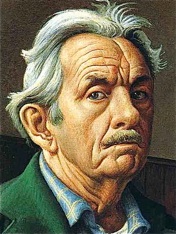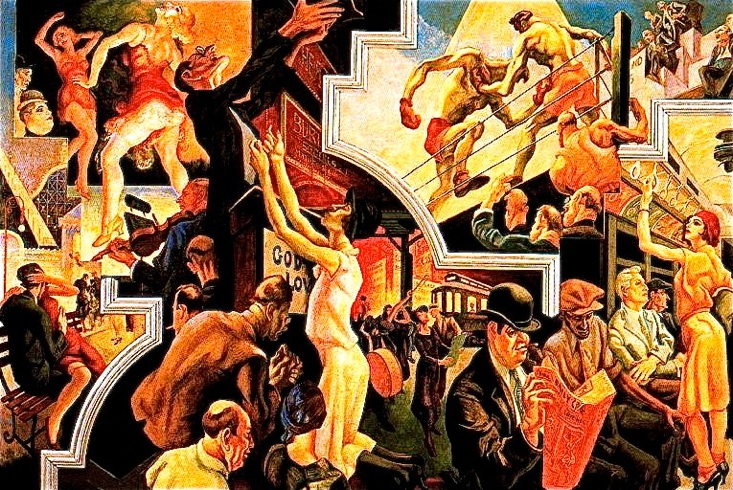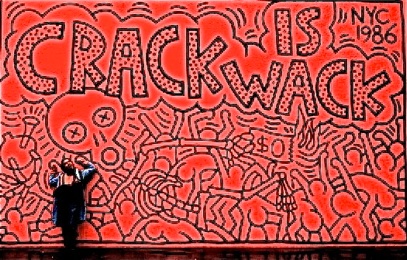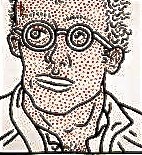Murals
John W. Pinkerton
oldjwpinkerton@gmail.com
I need help. For those who know me well, quit snickering.
My problem is that I don’t like murals. What is worse, I don’t know why.
Each time I come across a mural, I quickly avert my eyes. In the quick glimpses of the works, I sometimes see artistic merit; but there is something about them which I find abhorrent. Well, maybe not abhorrent, but at least I know I don’t cotton to them.
As you already know, “A mural is any piece of artwork painted or applied directly on a wall, ceiling, or other large permanent surface.”
I’ve been aware of my lack of fondness for murals for some time. I recall an artist friend of mine suggesting that I participate in a mural project in our little town of Somerville; my first instinct was to slap her. Until recently, I saw no need to bother with the subject any further, but recently I made friends with a young, enthusiastic muralist. When I’m in his company, I try to avoid the subject in order to throw him off the scent of my dislike for murals.
When I examine murals from a spiritual point of view, I can’t say that I find them to be particularly evil. I can’t say that “The Last Supper” by Leonardo da Vinci on a wall of the refectory of the Convent of Santa Maria
delle Grazie in Milan or Michaelangelo’s ceiling of the Sisteen Chapel could be classified as evil. These are probably the most famous murals ever executed. However, because Leo decided to experiment with his techniques, very little of the original painting has survived, and Michael’s requires a lot of maintenance involving scaffolding.
When I examine it from the economic view, I think they can be quite lucrative for the artists. Again I have no objection to artists making an honest buck from such projects.
What the Hell is my problem?
From a historical point of view, murals have a rich history. Probably the
most famous of the current muralists is a fellow or fellowette who goes by the pseudonym “Banksy” and has done his or her work all over the world. No one seems to know the true identity of “Banksy” who seems to be based
in Bristol, England, but has recently been surreptitiously
painting walls and doors and anything that doesn’t move in New York many of which have since been dismantled and sold for big bucks. I became aware of “Banksy” through a recent HBO special, “Banksy Does New York,” on his or her exploits in New York. He or she is obviously very talented and creates damned near genius social satire. His work almost makes me have second thoughts about muralists.
In North America, the Mexican painter Diego Rivera is undoubtedly the
most famous muralist. Probably his most famous murals are
The Detroit Industry Murals, and
Man at the Crossroads in Rockefeller Center which was destroyed by Nelson Rockefeller before it was completed because of its political content.
A lot of murals in America are the results of WPA projects. Grant Woods
did some nice work in government buildings during the depression such as a work in the Iowa State Library and the State House in Boston. Thomas Hart Benton did works in the Missouri State Capitol, and his
America Today series, which was originally on a boardroom and classroom in the New School for Social Research, is now in the Metropolitan Museum.
Graffiti artists are a subclass of muralists. I suppose the politically correct position would be to praise these brave souls who risk arrest to spray paint trains and other things that don’t belong to them. Frankly, I like train cars just as they came out of the manufacturers’ doors.
Keith Haring is well known as a muralist and his works are all over the world: examples are the “Crack Is Whack” mural for New York City and one on the exterior wall of the Church of Sant’Antonio at the request of the City of Pisa and one in the cafeteria of the Museum of Contemporary Art in Antwerp,
Belgium, to name a few.
Perhaps my problemswith murals is that they are not portable. Many suffer the fate of the buildings in which they are a part. They can’t easily be moved to a new location, at least without major damage to the structure on which they are painted.
I guess I’ll just have to chalk up my dislike to murals to some kind of brain disorder. I’m open to suggestions…or therapy.
enough
